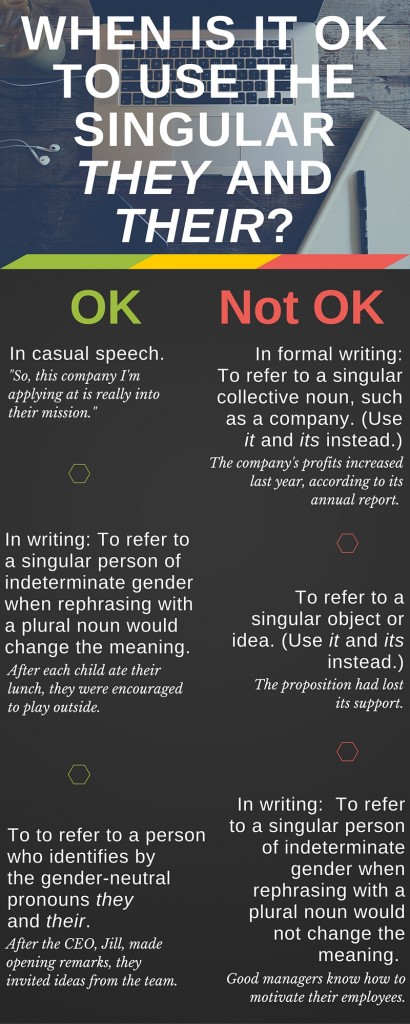The process of transitioning from research notes to a first draft can be daunting, and the creation of outlines and mind maps eases the way for many writers. But what if your favored method of working is a direct dive into writing pages and pages of exposition until you reach the conclusion? Can stream-of-consciousness drafts result in quality essays?
The truth is, readers can easily spot an essay that hasn’t been shaped. Some telltale signs are repetitiveness, disorganization , paragraphs that don’t align with topic sentences, and a conclusion that doesn’t match the thesis statement. To a professor, these are signs of a hastily crafted, night-before-it’s-due paper; to an editor, they’re signs that an author isn’t invested in the work being done. No matter what your writing timeline is, these are impressions to avoid, and there’s a relatively pain-free fix. It’s called “the reverse outline.”
, paragraphs that don’t align with topic sentences, and a conclusion that doesn’t match the thesis statement. To a professor, these are signs of a hastily crafted, night-before-it’s-due paper; to an editor, they’re signs that an author isn’t invested in the work being done. No matter what your writing timeline is, these are impressions to avoid, and there’s a relatively pain-free fix. It’s called “the reverse outline.”
Sometimes the mention of the word “outline” has writers rolling their eyes and envisioning roman numeral exercises from elementary school, but a reverse outline is a fast and simple method for revealing the bones of your work and is a critical part of the revising and editing process. Here’s one method for reverse outlining:
- Read each paragraph, and write out the main point in the left margin.
- In the right margin, write down how each paragraph supports and advances the thesis.
- Review the right margin notes. Is there a logical build and direction that moves the reader from your thesis to the conclusion? If not, what needs to be shifted, added, or removed?
- Review the left margin notes. Are any main points repeated? Are there paragraphs where it was difficult to identify a main point? Are several main points jumbled together in the same paragraph? Are there sentences that don’t support the paragraph’s main point? What shifts might be necessary to resolve any of these issues?
- Making those shifts: move paragraphs, delete sentences, and clarify connections and focus.
- Note if there are sufficient signposts and transitions for the reader to follow the re-ordered argument and evidence.
- Carry on with your usual editing and proofreading from here!
For more on reverse outlining, see this Writing Center handout.
With a small bit of fine-tuning through the use of these reverse outline suggestions, a stream-of-consciousness draft can evolve into a logically structured essay with great flow while fully supporting the thesis and effectively guiding the reader to a logical conclusion. Not bad for avoiding the use of roman numerals! Even your elementary school teacher would be proud.

 Writing abstracts and introductions can be confusing for writers who are new to APA, but the process becomes simplified and the content differentiated when we consider how each section functions. Which serves as a concise summary of the complete article that could be easily used to index the work in a database? Which serves as a gentle entry into a topic, provides context, and postulates a thesis? If you’ve guessed that an abstract is the concise summary and an intro is the gentle entry, you’re absolutely right.
Writing abstracts and introductions can be confusing for writers who are new to APA, but the process becomes simplified and the content differentiated when we consider how each section functions. Which serves as a concise summary of the complete article that could be easily used to index the work in a database? Which serves as a gentle entry into a topic, provides context, and postulates a thesis? If you’ve guessed that an abstract is the concise summary and an intro is the gentle entry, you’re absolutely right.

